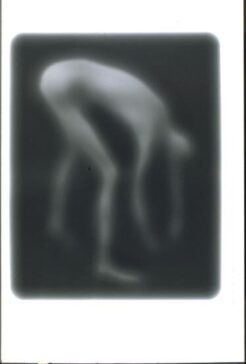After – Special Topics in French Studies

FRENCH 350
Faculty Curator: Faculty Member: David Caron (French; Women’s and Gender Studies)
On view: Fall 2022
What does it mean to be “after”?
Do traumatic and violent events compel us to redefine our understanding of after, as witnesses and survivors continue to struggle with post-traumatic stress and guilt well beyond an event? For instance, are we after Covid yet? Will we ever be? And what exactly does it mean when we say that something comes “after” something else? Is “after” a departure from “before”? A continuation of it? Or do they overlap? These are some of the questions about the nature of time guiding the French class with which we collaborated for this Curriculum / Collection installation.
The selection of works below examines how ideas about time relate to processes like remembering, recovering, witnessing, healing, and loving. They include artworks by Bill Jacobson and Joan Snyder that address the ongoing effects of the AIDS crisis in the 1980s; Hana Hamplová’s sublime exploration of the material and ephemerality of paper; Josef Hampl’s rubbings of Jewish tombstones in the aftermath of the Holocaust; a surreal post-modern landscape by Kay Sage; and four works from Jacob Lawrence’s Hiroshima series, which is composed of scenes of daily life in the moments after the United States deployed the world’s first atomic bomb on August 6, 1945.
Works Included In This Collection






SUPPORT
Lead support for this exhibition is provided by the University of Michigan Office of the Provost, Erica Gervais Pappendick and Ted Pappendick, the Eleanor Noyes Crumpacker Endowment Fund, and the Oakriver Foundation.